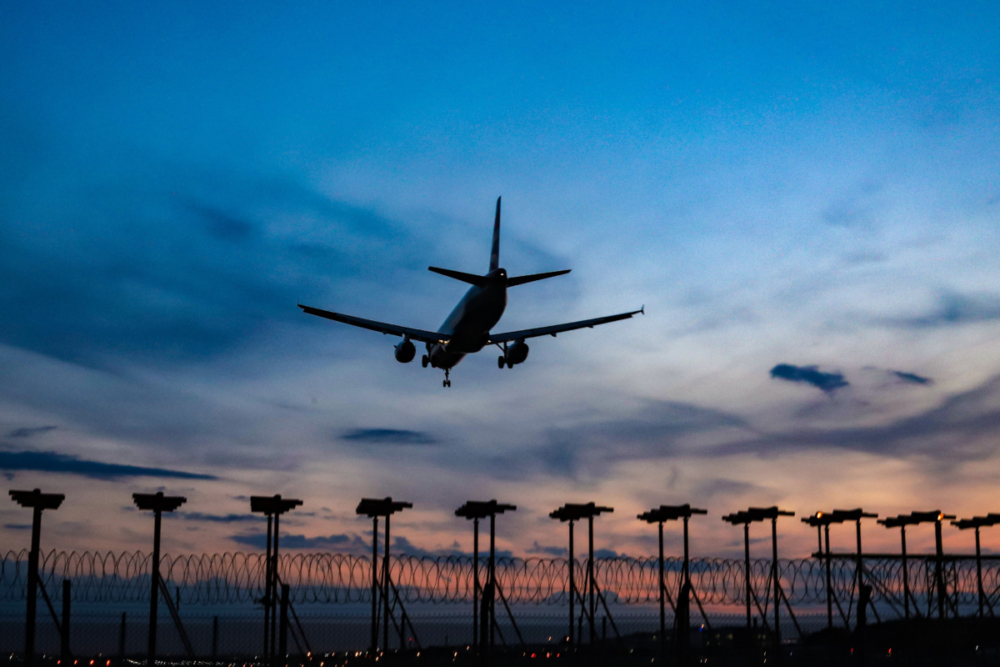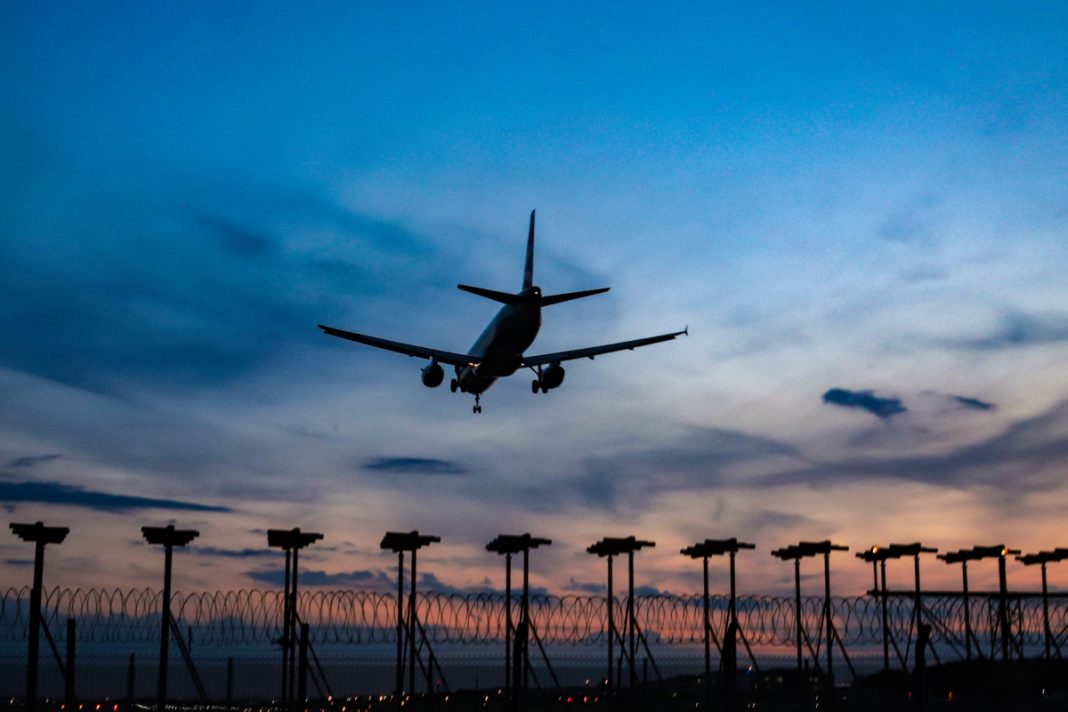While there has been a significant reduction of planes in the sky over the past months, there are some places that never see an aircraft at all. There are several no-fly zones all over the world, including mountain ranges, religious and political sites, national monuments, environmentally sensitive areas, and – amusement parks.

No-fly zones (NFZs) are areas of the world where airplanes are not allowed to pass over. They were initially established to protect high-ranking officials during wars and would be patrolled by fighter jets. Now they are mostly created to safeguard important areas in a country.
The official term for an NFZ is “prohibited airspace.” According to the Federal Aviation Administration (FAA), they are “established for security or other reasons associated with the national welfare.” So how come planes cannot fly over, let’s say, Disneyland?
Stay informed: Sign up for our daily aviation news digest.
Disneyland and Walt Disney World
These theme parks, beloved by the young and the young at heart, enjoy the same kind of airspace protection as the White House in Washington. They received temporary special safety status following 9/11 in 2001. Two years later, it was made permanent. Simultaneously, flying over sporting events with a capacity for over 30,000 people was banned through the congressional act known as Operation Liberty Shield.
No planes are allowed below 3,000 feet and within three miles of the two parks. The ban includes all flying objects, such as drones. It is possible to apply for a permit, where the Transport Security Administration (TSA) will vet the pilots and passengers and send a waiver request to the FAA. The parks are the only two non-governmental locations in the continental US to have NFZs in place.

The high Himalayas of Tibet
Tibet is a natural no-fly zone. While commercial jets could fly above most of the mountainous territory with an average elevation of 16,000 feet, it would still not be advisable to do so. Other than accidentally skimming the top of Mount Everest at 29,000 feet at the border with Nepal, there are other things that make pilots stay clear of the “Roof of the World.”
In the case of loss of cabin pressure, the aircraft needs to be able to descend to 10,000 feet, which is considered a safe altitude for breathing. The oxygen supply from the masks released in such an event is enough to last for 15 to 20 minutes. This means that the plane needs to reach an altitude lower than most of Tibet within that timeframe. For much of the vast area, this is not feasible. Even Lhasa, Tibet’s capital and the only airport where commercial jetliners can land, sits at close to 12,000 feet.

Machu Picchu
The iconic Inca site has undoubtedly been granted a well-needed breather in the past few months. New rules had already been implemented by the Ministry of Culture of Cusco for 2020 to help preserve Peru’s national treasure. These further limited the number of daily access permits, both for the site itself and the ever increasingly popular Inca Trail. However, the airspace surrounding Machu Picchu has enjoyed protection for much longer.
The Peruvian government instituted a ban on flights over the UNESCO world heritage listed site in 2006. However, it is not only to safeguard the man-made terraces and paths; the ecology of the area is also considered incredibly fragile. In some strange contradiction, the construction of an airport in the Inca town of Chinchero, considered the gateway to the Sacred Valley, is still underway, despite heavy protests from archeologists and environmentalists alike.

The Queen’s house
An NFZ is in place where the British Sovereign resides during the week. This means that planes are not allowed to fly over Buckingham Palace in London. While aircraft can also not fly close to Windsor Castle to the West of the capital, it still sees quite a bit of traffic as it is located only 6.6 miles from Heathrow Airport. The 11th-century castle sits pretty much right under one out of the airport’s four main flight paths.
Although, in the UK, flying closer than 50 meters of someone’s home is an offense, something an American tourist flying a drone over Windsor in 2015 while the Queen was in residence was reminded of. Heathrow also agreed to redirect traffic for a 15-minute window for the royal wedding between Prince Harry and Megan Markle in 2018.
The Houses of Parliament, along with No 10 Downing Street, the PM’s official residence, also have NFZ regulations.

The Taj Mahal
In 2006, Indian authorities declared a no-fly-zone over the famous marble mausoleum. The restrictions encompass an area of 7.4 km around the complex, constructed by the Mughal emperor Shah Jahan in 1632 for his favorite wife, Mumtaz Mahal. The emperor had most likely not taken into account the effect that air pollution from jet engines would have on the ivory-white stone from which it is constructed.
In 2019, five Russians were detained after flying drones in the restricted airspace, but released after signing a written apology. As they were not the only would-be drone footage filmmakers, local police decided to launch a campaign to make tourists aware of the monument’s special no-fly status.

There are, of course, many NFZs that come about as a result of conflict or war. Commercial airlines stay clear of areas above Syria, Somalia, and Yemen, for example, as well as select parts of Ukraine.
What other no-fly-zones can you think of that are noteworthy? Are there any in your home country? Let us know in the comment section.
[ad_2]
Source link


